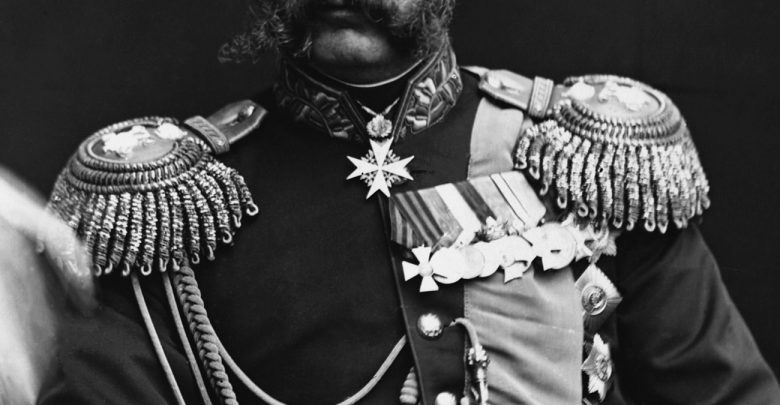Asia and OceaniaResolved
Russia, Crimea and the Ottoman Empire (1853-78)
Before the Russian Federation, before the Soviet Union, the Russian Empire reigned supreme. As one of the dominant powers of the 19th century, the empire spanned from East Coast of the Eurasian continent to the edge of Western Europe. During the Industrial Revolution, it rivaled Great Britain, France, and Germany in military might. Under the leadership of Catherine the Great, Russia experienced a brief golden age where it expanded freely before it was plunged into two subsequent wars.

When Alexander II began as emperor, the political landscape during the 19th century was already grim. Russia was engaged in a massive military conflict against an alliance of nations consisting of Great Britain, France, the Ottoman Empire and Sardinia in what was known as the Crimean War. The root cause of the conflict began when the nations of Western Europe wanted to divide what remained of the Ottoman territory and prevent Russian expansion into the European continent. Both factions were unwilling to give in, as a dispute concerning the advancement of rights for the existing religious parties at the time gave the spark needed to start the war. The Roman Catholics were being protected by France, and the Eastern Orthodox Church supported by Russia. Alexander II bore little interest in military affairs and infighting the Western European coalition, his lack of political affecting the rest of the Russian aristocracy that wanted to crush its rivals.
The Crimean War
Initial fighting began between Russian and Turkish forces when the Russian army crossed over the Balkan line into Danubian territory in 1853. Skirmishes were fought in Silistra, Anatolia, and Sinop. France and Britain sent reinforcements to aid the Ottomans in Gallipoli, all while pushing back the Russian advance. The Europeans made their march onward to Varna. After months of skirmishes between the allies and the Russian empire, the naval port of Sevastopol fell within a span of eleven months. The fact that the Russians were defeated and the Europeans were steadily gaining ground convinced neutral nations to join forces with Britain and France. Severely outnumbered, this forced the Russians to pursue the road to peace. The Treaty of Paris was drafted and the Crimean War concluded in March of 1856.
The Russo-Turkish War
The peace did not last long, however. Russia clashed with the Ottoman Empire once again starting in 1875 during the Russo-Turkish War. The fighting began when the Turks opposed minorities that were living in the Balkans, forcing Alexander II to intervene on behalf of the minority populations. The war concluded in 1877 when Alexander II’s armies marched from the Russian mainland towards Istanbul, forcing the Ottoman Empire to surrender to Russian military might. The resulting victory led to independence of states, namely Montenegro, Romania and Serbia. In addition, a new peace agreement was drafted between Russia and the Ottoman Empire. The agreement was dubbed the Treaty of San Stefano, formalized in February of 1878 where the defeated Turks was forced to recognize the independence of its former colonies.
These two key conflicts were integral to shaping Russia’s history, and gives a brief perspective into the military behaviors that still persist in the Russia the world knows today. Additional events, such as the abolition of serfdom, the rise and fall of the Communist party, all harken back to the political volatility of Russia and its surrounding neighbors. Whether the former Soviet Union will know true peace and advance beyond its violent past, no one can say for sure.




